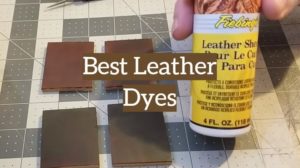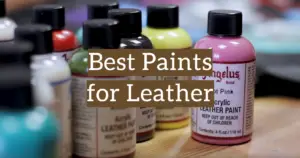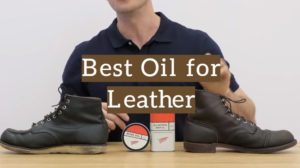
Introduction: The Buzz Around Vaseline on Leather
When it comes to leather care, there’s a myriad of products available to help you maintain the material’s longevity and appeal. Among the many options, the use of Vaseline on leather has become a subject of intense discussion. So, is Vaseline good for leather? This comprehensive guide aims to examine the pros and cons of using Vaseline, particularly petroleum jelly, on leather items.
Pros of Using Vaseline on Leather: Beyond the Myths
Moisturization Without Breaking the Bank
Arguably the most straightforward benefit of applying Vaseline to leather items is its moisturizing effect. Whether it’s a pair of leather boots or a luxurious sofa, petroleum jelly can deeply moisturize and rejuvenate dried-out leather, thereby preventing cracks or peeling.
Waterproof Your Leather Goods
Another advantage of using Vaseline on leather items is its waterproofing capabilities. A thin layer of petroleum jelly creates an effective barrier against water and dirt, making it a convenient option for protecting leather shoes when you’re faced with inclement weather conditions.
Color Enhancement
If you’ve noticed that your leather items have lost their original hue, fret not. Vaseline enhances the color of leather, making it appear more vibrant and less faded. It’s especially beneficial for leather shoes and boots that have lost their luster over time.
Erase Light Scratches
Minor scratches on leather surfaces can be an eyesore, but a dab of Vaseline can work wonders. The moisturizing properties of petroleum jelly help to revitalize the leather fibers, effectively minimizing the appearance of small scratches.
Bringing Back the Shine
Petroleum jelly is also adept at restoring the natural sheen of your leather goods. The application of Vaseline removes accumulated dust and debris, bringing life back to dull and lackluster leather surfaces.
Drawbacks of Using Vaseline for Leather: What to Consider
Oily Residue Risk
Though petroleum jelly moisturizes leather, it can also leave behind an oily residue if applied too liberally. This greasiness may make your leather goods more susceptible to accumulating dirt and dust.
Limitations on Suede
Vaseline on leather is one thing, but using it on suede can result in unfortunate stains and discoloration. Suede has a unique texture that doesn’t respond well to petroleum-based products, so it’s best to avoid using Vaseline on such materials.
Impact on Stitching
The application of Vaseline on leather shoes or other items with stitched seams can cause the stitching to weaken over time. It’s crucial to be cautious when applying petroleum jelly around stitched areas to prolong the lifespan of your leather goods.
Conclusion: To Vaseline or Not to Vaseline?
In the end, the pros and cons of using Vaseline for leather care are both compelling. It can revitalize, protect, and even beautify leather to a significant extent. However, overuse or misuse could lead to greasiness, dirt accumulation, and weakened stitching.
The key is moderation. To achieve the best results, apply Vaseline sparingly with a lint-free cloth and avoid it on delicate or suede leather. Keep these considerations in mind, and your leather goods will thank you for their renewed longevity and appearance.









